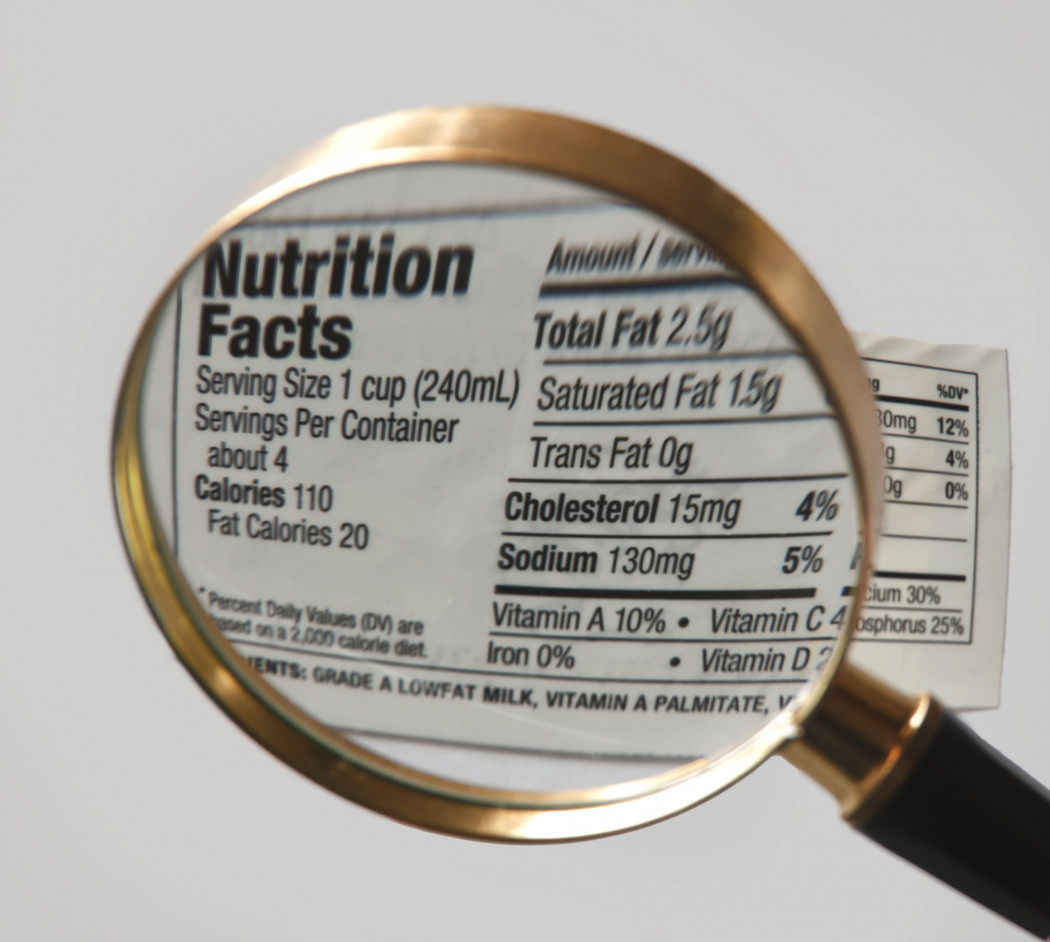Do your products have identical digital twins?
When any consumer product is offered for sale online, the digital information about that product must be 100% accurate and complete.
It’s good practice in any business to pay close attention to the online representation of your products – after all it is in the best interests of customers and consumers. It also helps when promoting and maintaining your reputation as a brand owner, manufacturer, product supplier or retailer.
The online representation of a particular product is often referred to as its “digital twin” – product information and images in digital form that, ideally, will always match the physical item and its labelling.
New Zealand hasn’t gone as far as the European Union in enacting legislation to explicitly mandate such accuracy in digital marketing and sales of food. However, the Fair Trading Act does essentially the same thing when outlawing “false or misleading representations” on products and empowering government to set “consumer information standards”.
OnPack service from GS1 NZ supporting Kiwi businesses
For 10 years GS1 New Zealand has been supporting New Zealand businesses on their journey to create and maintain digital twins for their products, as everyone wrestles with the ever-growing imperative to offer products online in a way which ensures that product information is accurate and up to date.
GS1 New Zealand’s OnPack service has proved especially valuable for helping brand owners and product suppliers do exactly this – keep the digital representation of their product up to date in line with their physical product and labelling. At the same time, the OnPack service has helped unlock the advantages that come from having one set of accurate and complete digital data available for multiple online marketing and supply chain partners.
GS1 New Zealand’s Chief Operating Officer Richard Manaton shares that “the key to ensuring accurate digital twins in any business is having rigorously defined internal responsibilities and processes around how the information is gathered and presented online, and around the updating of that information whenever changes are being made to physical products.”
The OnPack service has the advantage also of providing businesses with expert verification on their digital completeness and accuracy. GS1 New Zealand becomes a third-party verifier with huge knowledge of how product information should always be presented and matched in both physical and digital forms.
OnPack audit measures New Zealand-wide progress
To gauge New Zealand-wide progress towards an accurate digital twin between physical products and their digital counterparts, GS1 has been doing regular OnPack audits of digital twins since 2016. Twice annually, we select a representative sample of packaged products found on supermarket shelves, and match the information presented on these products with the digital data already held by GS1 NZ on those products.
The highest percentage of accurate matches has peaked historically at 61% and the match rate plunged early 2024 when New Zealand’s Plain English Allergen Labelling (PEAL) regulations took effect for food products suppliers.
Businesses had to start showing detailed information on allergens contained in any food product wherever it is being represented on the consumer marketplace – and of course, this rule applies to both physical packaging and labels, and to digital twins. Generally, the affected businesses jumped in line with respect to the former, but many deferred or overlooked the tasks required to ensure digital twins remained a complete match with the products’ physical and its physical labelling.
GS1 New Zealand’s OnPack audit in May 2024 showed only a 20% rate for complete matches! That critical accuracy percentage has improved significantly in audits undertaken since then – and the outcome of the most recent one will be known in November at which point we will be communicating the result widely.
Arrival of the PEAL requirements has certainly been a further spur for food businesses — and indeed, all consumer product manufacturers and suppliers – to ensure rigour in their digital product information responsibilities and processes.
As Richard Manaton observes: “There’s lots of enthusiasm for online representation when a new product is being launched into the market but the real challenge is keeping the digital twin accurate and up to date each time the product is changed and improved, even in a very minor way.”



